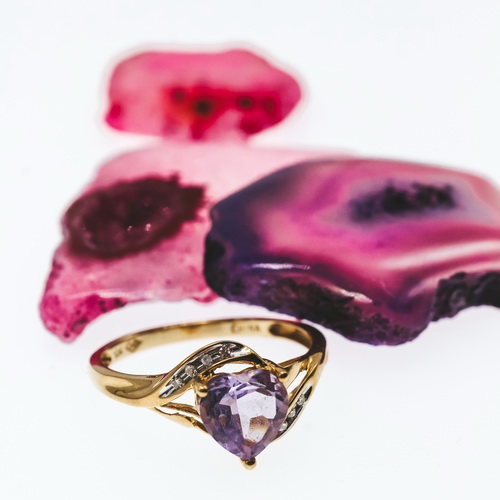
Tourmaline
The first tourmalines appeared in Europe in 1703. They were brought by sailors from Ceylon. At that time, sailors used the stone to clean ash from their smoking pipes. Tourmalines have a special feature: they become electrified when heated and attract ash.
⠀

Today, tourmalines are mined in many countries around the world.
⠀
It turned out that tourmaline was mistaken for other stones and can be found in the crowns of many rulers.
⠀
Karl Faberge added popularity to tourmalines. He used stones quite a lot in his decorative items and jewelry.
⠀
The most valuable varieties of tourmaline are neon-blue Paraiba, pink-red Rubellite and blue Indicolite.
⠀
If you cut a cross-section of Madagascar tourmaline, you can see more than 5 colors at the same time.
⠀
Tourmalines become electrified from heating and cooling, compression and stretching, and friction.

